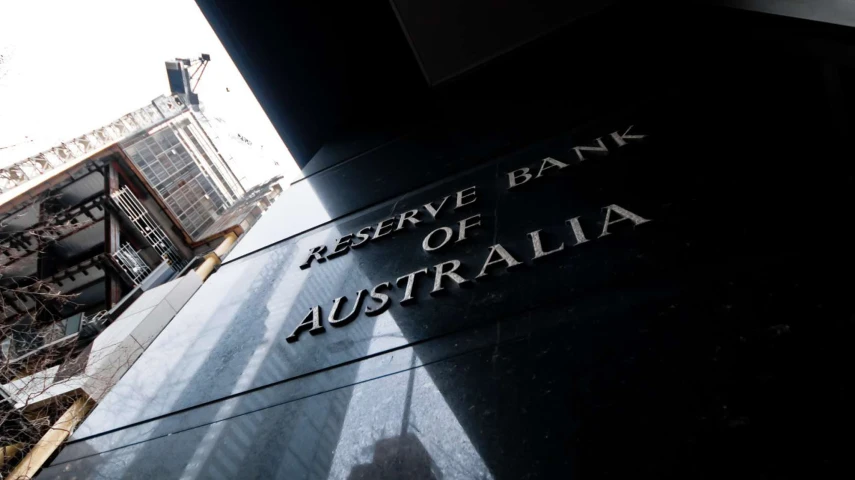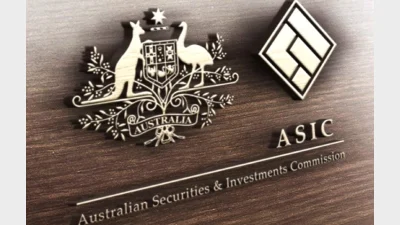RBA urged to pivot on the back of favourable inflation figures



The board must shift its focus from managing inflation to stimulating the economy with the trimmed mean inflation figure edging closer to the 2.5 per cent target, economists have said.
The latest Consumer Price Index (CPI) data released by the Australian Bureau of Statistics (ABS) has revealed trimmed mean inflation fell to 2.7 per cent during the June quarter, down from 2.9 per cent in the March quarter.
According to the ABS, this represents the lowest trimmed mean inflation print since December 2021, showing promising signs that underlying inflation is steadily approaching the Reserve Bank of Australia’s (RBA) midpoint inflation target of 2.5 per cent.
Quarterly, the CPI rose 0.7 per cent – broadly in line with the RBA’s forecast and economists’ predictions – down from 0.9 per cent in the March quarter and rose 2.1 per cent annually, down from 2.4 per cent in the previous quarter.
The ABS attributed housing (1.2 per cent), food and non-alcoholic beverages (1 per cent), and health (1.5 per cent) as the primary drivers of the quarterly inflation rise, partially offset by a fall in transport of 0.7 per cent.
For annual inflation, the main contributor to slowing inflation was automotive fuel prices, which saw a substantial drop of 10 per cent. Annual prices for new dwellings (0.7 per cent), rents (4.5 per cent), and insurance (3.9 per cent) also showed signs of easing.
Additionally, annual services inflation fell to its lowest level since June 2022, down to 3.3 per cent during the June quarter, down from 3.7 per cent in the March quarter. The ABS attributed easing price rises for rents and insurance for this fall.
These figures have shown that the RBA should now alter Australia’s policy settings from containing inflation to stimulating economic growth, according to Deloitte Access Economics partner Stephen Smith.
“Not only is inflation continuing to move to the midpoint of the RBA’s target band, the current cash rate of 3.85 per cent is still well above the RBA’s estimate of the neutral cash rate,” Smith added.
“In other words, the bank knows its monetary policy settings are restricting growth. This is hard to justify given ongoing global economic volatility and the continued sluggishness of our own domestic economy.”
Westpac’s chief economist Luci Ellis stated that with inflation falling within the target, the RBA is “likely to continue reducing monetary restrictiveness, including by cutting the cash rate [by 0.25 basis points] at its August meeting”.
“Today’s [30 July 2025] data removes any awkwardness posed by inflation remaining too high for the RBA’s comfort, at the same time that the labour market might be starting to ease again,” Ellis added.
“RBA governor Bullock understandably downplayed the pick-up in unemployment in the month of June, given the volatility in the data.”
She added that further easing in the labour market, which rose to 4.3 per cent in June, would “sit uncomfortably with a decision to hold the cash rate at restrictive levels”, considering the fact that underlying inflation is nearing the board’s target.
Krishna Bhimavarapu, APAC economist at State Street Investment Management, commented that while the low headline inflation number is “undoubtedly driven by energy rebates”, the cooling trimmed mean measure offers “confidence in the face of weak conviction on inflation”.
“The data puts the RBA out of a bind after their recent surprise hold but doesn’t nullify the case for more rate cuts,” he added. “This is because we also think the downside surprise in inflation is also driven by the softness in the retail activity.”
With headline CPI sitting at its lowest rate in over four years, Bendigo Bank chief economist David Robertson suggested that the board may move towards a larger cut in August.
“[The inflation figures] should assure an RBA rate cut in August, and potentially opens the door for a larger cut than the normal 25 basis points,” Robertson said.
“While a 50 basis points cash rate cut in August seems unlikely in light of Michele Bullock’s speech last week around consistency, a 35 basis points cut to the cash rate would take it down to 3.5 per cent – which would be a sensible compromise.”
The RBA shocked markets and economists following its decision to hold the cash rate at 3.85 per cent during its July monetary policy meeting, citing its long-held rhetoric of waiting until more economic data was available and for global events to further develop.
Meanwhile, the June 2025 monthly CPI indicator revealed a rise of 1.9 per cent in the 12 months to June, down from 2.1 per cent in the 12 months to May 2025. The most significant drivers for the monthly rise were food and non-alcoholic beverages (3.2 per cent), alcohol and tobacco (5.7 per cent), and housing (1.6 per cent).
Recommended for you
The Gateway Network Governance Body has unveiled a detailed roadmap to guide the superannuation industry through the upcoming Payday Super reforms.
CPA Australia urges the ATO to extend compliance support for small businesses facing major system changes ahead of Payday Super reforms.
Superannuation funds ramp up collective efforts to counter rising cybercrime, updating standards and sharing intelligence across the industry.
The regulator has fined two super funds for misleading sustainability and investment claims, citing ongoing efforts to curb greenwashing across the sector.









